Home>diy>Architecture & Design>How Much You Usually Have To Pay For The Designer To Design Your House
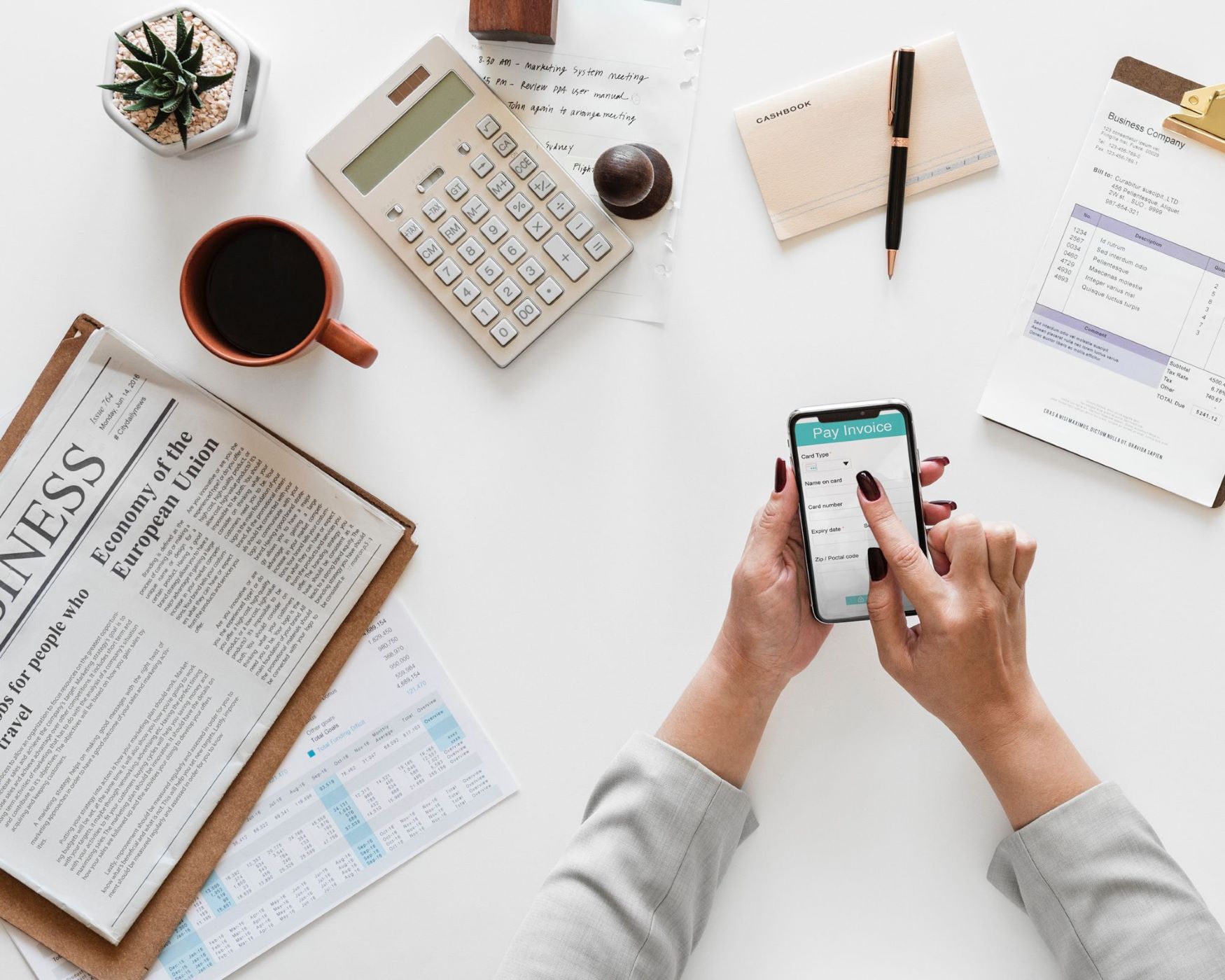

Architecture & Design
How Much You Usually Have To Pay For The Designer To Design Your House
Modified: January 19, 2024
Looking for an architecture design for your house? Find out how much you typically need to pay for a professional designer to create your dream home.
(Many of the links in this article redirect to a specific reviewed product. Your purchase of these products through affiliate links helps to generate commission for Storables.com, at no extra cost. Learn more)
Introduction
Welcome to the world of architectural design! Designing your own house is an exciting and fulfilling endeavor. However, it’s important to understand that bringing your dream home to life requires the expertise of a professional designer.
Hiring a designer is an investment that can greatly impact the outcome of your project. Designers not only possess the technical skills necessary for creating functional and aesthetically pleasing spaces, but they also have the knowledge and experience to navigate through the complexities of architectural design.
In this article, we will explore the various factors that affect the cost of hiring a designer to help you better understand the financial aspects of your project. We will discuss hourly rates, fixed fee structures, additional costs, and provide tips for budgeting and negotiating with designers.
So, if you’re ready to dive into the world of architectural design costs, let’s get started!
Key Takeaways:
- Hiring a designer for your architectural project involves considering factors like scope, experience, location, and complexity, impacting the cost. Understanding these factors helps in budgeting effectively and negotiating with designers.
- Hourly rates and fixed fee structures are common methods for designer charges. Additional costs like materials, consultants, and permits should be factored into the budget. Effective communication and negotiation are crucial for a successful collaboration.
Factors Affecting the Cost of Hiring a Designer
When it comes to hiring a designer, there are several factors that can influence the cost you can expect to pay. Understanding these factors will help you make informed decisions and budget effectively for your project. Let’s take a closer look at some of the key factors:
1. Scope of the Project
The scale and complexity of your project can greatly impact the cost of hiring a designer. If you’re looking to design a small residential space, the fees may be lower compared to a large commercial project. The more extensive and detailed the project, the more time and resources the designer will need to invest, resulting in higher costs.
2. Experience and Reputation of the Designer
The experience and reputation of the designer you choose will also influence the cost. Highly experienced and sought-after designers often come with a higher price tag due to their expertise and track record of successful projects. However, hiring a reputable designer can also provide added value in terms of creativity, professionalism, and quality.
3. Geographical Location
The location of your project can impact the cost of hiring a designer. Design fees can vary significantly depending on factors such as the cost of living in a particular area, local market demand, and competition. Designers in urban areas or high-cost regions may charge more compared to those in smaller towns or less expensive areas.
4. Timeframe and Deadlines
If you have a tight deadline for your project or require expedited services, it may result in additional costs. Designers may need to allocate more resources or adjust their schedules to meet your specific timeframe, which can impact the overall cost.
5. Complexity of Design Requirements
The complexity of your design requirements can also affect the cost. If your project involves intricate architectural details, unique building materials, or specialized design elements, it may require more time and effort from the designer. This additional complexity can contribute to higher fees.
Understanding these factors will help you evaluate the potential costs of hiring a designer for your project. It’s important to have open and transparent discussions with potential designers to ensure that the proposed budget aligns with your expectations and requirements.
Hourly Rates of Designers
One common method for charging design fees is through an hourly rate. Designers typically charge an hourly rate for the time they spend working on your project. The hourly rate can vary depending on factors such as the designer’s experience, location, and the complexity of the project. Let’s take a closer look at some average hourly rates for designers:
1. Junior Designers
Junior designers, who are relatively new to the field, often charge lower hourly rates. On average, their rates can range from $50 to $100 per hour. While they may have less experience, they can still bring fresh ideas and creativity to your project.
Read more: What Is The Usual Design Of The Roman House?
2. Mid-Level Designers
Mid-level designers, who have several years of experience under their belt, tend to charge higher hourly rates. Rates for mid-level designers can range from $100 to $200 per hour. They possess a solid foundation of knowledge in design principles and have successfully completed numerous projects.
3. Senior and Established Designers
Senior and established designers, who have an extensive portfolio and a strong reputation, command the highest hourly rates. Rates for senior designers can start from $200 and go up to $500 or more per hour. These designers possess a wealth of experience and can provide invaluable insights and expertise.
It’s important to note that the hourly rate is only one aspect of the overall design cost. Additionally, some designers may have a minimum charge per project or may require a certain number of hours as a retainer fee.
When considering the hourly rate, it’s crucial to evaluate the value and expertise the designer brings to the table. A higher hourly rate may be justified if the designer has a strong track record of successful projects and can offer unique solutions to meet your design goals.
Keep in mind that the number of hours required for a project can vary depending on factors such as the project’s complexity, size, and your ability to provide prompt feedback and approvals. Having a clear understanding of the estimated number of hours required can give you an idea of the potential design cost.
Fixed Fee Structures
In addition to hourly rates, designers may also offer fixed fee structures for their services. Fixed fees provide a clear, upfront cost for the entire project, regardless of the number of hours involved. This can be advantageous for clients who prefer a predictable budget and want to avoid any surprises along the way. Let’s explore some common fixed fee structures:
1. Percentage of Construction Cost
One common method for determining a fixed fee is based on a percentage of the construction cost. Designers may charge anywhere from 5% to 20% of the total construction cost. The percentage typically varies depending on the project’s scale, complexity, and the level of involvement required from the designer. This fee structure provides transparency as the fee is directly linked to the project’s budget.
Read more: How To Add A Porch To Your House
2. Flat Fee
Another approach is a flat fee, where the designer sets a specific amount for their services, regardless of the project’s size or construction cost. The flat fee is typically determined based on the anticipated scope of work and the designer’s experience. This structure provides clarity on the cost from the beginning, allowing clients to plan their budget accordingly.
3. Room-by-Room or Service-by-Service Basis
Some designers may offer fixed fees on a room-by-room or service-by-service basis. With this structure, you pay a predetermined fee for each specific area or component of the project. For example, there may be a separate fee for designing the kitchen or the master bedroom. This option allows you to have more control over the budget and prioritize specific areas of your project.
It’s important to discuss the details of the fixed fee structure with your designer before entering into an agreement. Ensure you have a clear understanding of what services are included in the fixed fee and any potential additional costs that may arise during the course of the project.
Remember, the fixed fee structure may vary depending on individual designers and the specifics of your project. It’s advisable to obtain quotes from multiple designers to compare the proposed fixed fees, as well as their experience and portfolio.
By understanding the various fixed fee structures available, you can choose the approach that aligns best with your budget and project requirements.
Additional Costs and Expenses
When hiring a designer, it’s essential to consider not only their fees but also any additional costs and expenses that may be associated with your project. These costs can vary depending on the scope of work, project requirements, and your specific needs. Let’s explore some common additional costs and expenses to keep in mind:
1. Materials and Furnishings
Designers often collaborate with suppliers and contractors to source materials and furnishings for your project. The cost of these materials, such as flooring, lighting fixtures, furniture, and accessories, is typically not included in the designer’s fee. It’s important to discuss your budget for these items and clarify who will be responsible for purchasing and arranging them.
2. Specialist Consultants
Depending on the nature of your project, you may require the expertise of specialist consultants such as structural engineers, acoustic consultants, or lighting designers. These consultants can provide additional insights and guidance on specific aspects of your project. Their fees and expenses, such as site visits or technical reports, will be separate from the designer’s fees.
3. Permit and Licensing Fees
Before commencing any construction or renovation work, you may need to obtain permits and licenses from local authorities. These fees can vary depending on your location and the scope of your project. It’s important to factor in these costs when budgeting for your overall design project.
4. Project Management and Coordination
Some designers offer project management services to oversee the construction or renovation process. This includes coordinating with contractors, managing timelines, and ensuring quality control. Project management fees can be an additional cost but can provide value by ensuring smooth execution of your project.
5. Revisions and Design Changes
During the design process, you may have revisions or design changes that go beyond the initial scope of work. Depending on the designer’s terms and conditions, additional fees may apply for these changes. It’s important to have open communication with your designer and clarify how revisions will be addressed and any associated costs.
These are just a few examples of additional costs and expenses that may arise during your design project. It’s essential to have a thorough discussion with your designer to identify any potential costs upfront and budget accordingly.
By considering these additional costs and expenses, you can create a comprehensive budget that reflects the true cost of your design project and avoids any unexpected financial surprises along the way.
Read more: 10 Must-Have Toiletries For Your New House
Tips for Budgeting and Negotiating with Designers
When it comes to hiring a designer and managing your project’s budget, effective communication and negotiation are key. Here are some tips to help you budget wisely and negotiate with designers for a successful collaboration:
1. Define Your Budget and Priorities
Before approaching designers, determine your budget and identify your project priorities. This will help you have a clear understanding of what you can afford and which aspects of your project are most important to you. Communicate these priorities to the designers to ensure they align with your vision.
2. Obtain Multiple Quotes
Reach out to multiple designers and request quotes for your project. Having several options will allow you to compare costs, services, and design approaches. Avoid making a decision based solely on price; consider the designer’s experience, portfolio, and compatibility with your vision and communication style.
3. Discuss Fees and Services in Detail
During the initial consultation, have a thorough discussion about the designer’s fees, payment structure, and what services are included. Seek clarification on any potential additional costs or expenses that may arise during the course of the project. This will help you understand the overall cost and make an informed decision.
Read more: How Do You Declutter Your House
4. Be Transparent About Your Budget
It’s important to be transparent about your budget with the designer. Share your financial limitations and expectations upfront. A skilled designer will work within your budget to find creative solutions and prioritize design elements that provide the most impact.
5. Consider Phasing the Project
If your budget is limited, consider phasing your project. This involves breaking it down into smaller stages that can be implemented over time. This approach allows you to prioritize essential elements initially and complete the rest of the design in subsequent phases as your budget allows.
6. Negotiate the Scope of Work
If the initial quote exceeds your budget, discuss with the designer which aspects of the project could be adjusted or scaled back to meet your financial constraints. Be open to compromise and explore alternative design solutions that still align with your vision.
7. Review the Terms and Contracts
Carefully review the terms and contracts provided by the designer. Ensure you understand all the clauses, payment schedules, and any cancellation or revision policies. If there are any concerns or areas of ambiguity, discuss and negotiate the terms to ensure a fair and transparent agreement.
By following these tips, you can effectively budget for your design project and negotiate with designers to establish a mutually beneficial partnership. Remember, clear communication, realistic expectations, and open-mindedness are the key ingredients for a successful collaboration.
Read more: How To Know If You Have Rats In Your Attic
Conclusion
Designing your dream house is an exciting journey that requires the expertise of a professional designer. Understanding the factors that affect the cost of hiring a designer and being aware of additional expenses is essential to budgeting effectively for your project.
Hourly rates and fixed fee structures are the two main methods used by designers to charge for their services. Junior designers tend to have lower hourly rates, while senior and established designers command higher rates due to their experience and reputation. Fixed fee structures, on the other hand, provide a clear upfront cost for the overall project, regardless of the number of hours involved.
In addition to the designer’s fees, there are other costs and expenses to consider. These include materials and furnishings, specialist consultants, permit and licensing fees, project management fees, and potential revisions or design changes. Being aware of these additional costs will help you create a more accurate and comprehensive budget for your project.
When budgeting and negotiating with designers, it is important to define your budget and project priorities, obtain multiple quotes, discuss fees and services in detail, be transparent about your budget limitations, consider phasing the project if necessary, and negotiate the scope of work to align with your financial constraints. Carefully reviewing the terms and contracts provided by the designer is crucial to establishing a fair and transparent agreement.
By following these tips and guidelines, you can navigate the financial aspects of hiring a designer and ensure a successful collaboration that brings your dream house to life within your budget. Remember, effective communication and negotiation are key, so choose a designer who understands your vision and can work within your financial parameters.
Now that you’re equipped with the knowledge of costs and budgeting, you can confidently embark on your architectural design project and create a space that reflects your unique style and personality. Happy designing!
Frequently Asked Questions about How Much You Usually Have To Pay For The Designer To Design Your House
Was this page helpful?
At Storables.com, we guarantee accurate and reliable information. Our content, validated by Expert Board Contributors, is crafted following stringent Editorial Policies. We're committed to providing you with well-researched, expert-backed insights for all your informational needs.

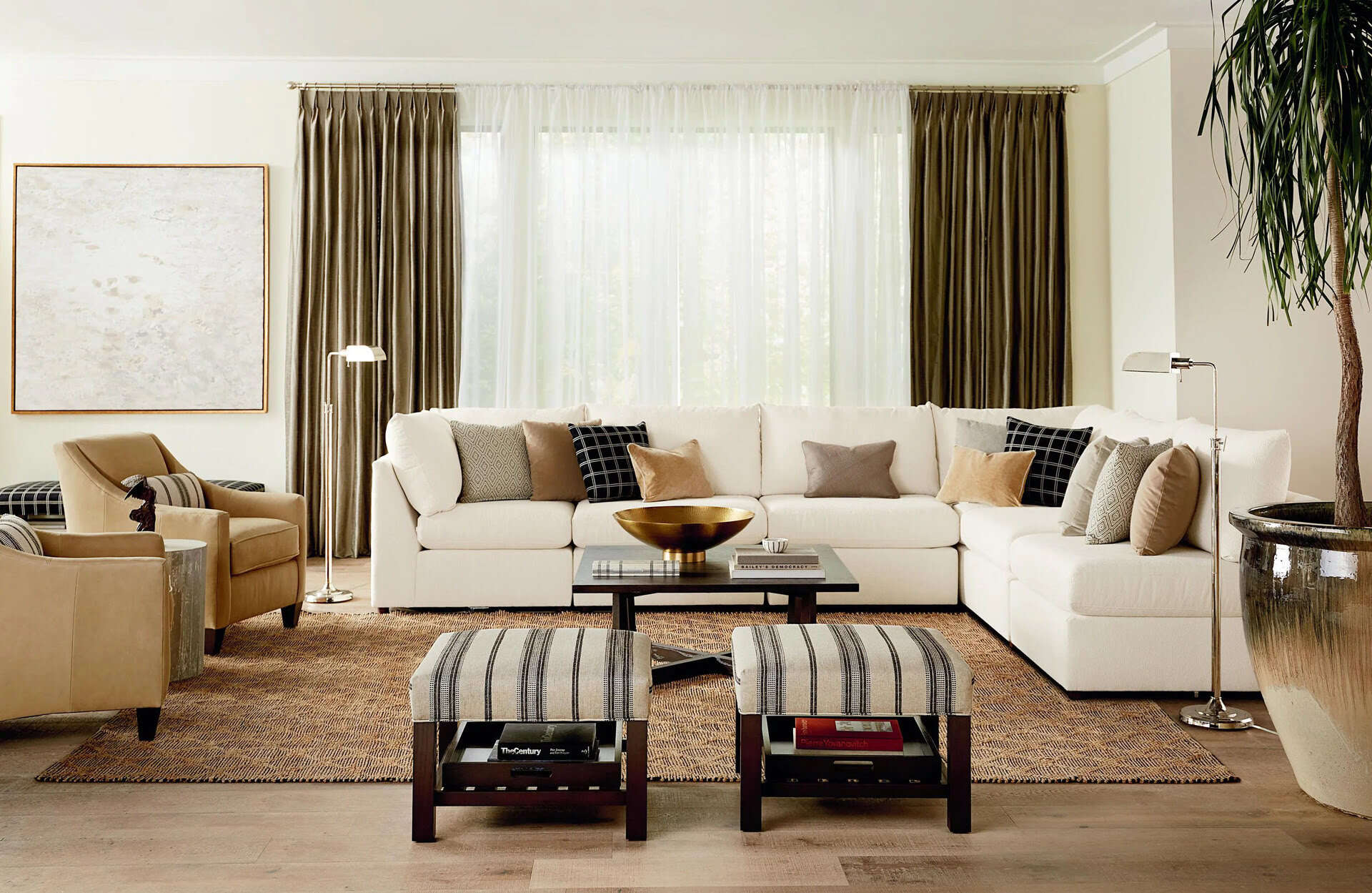
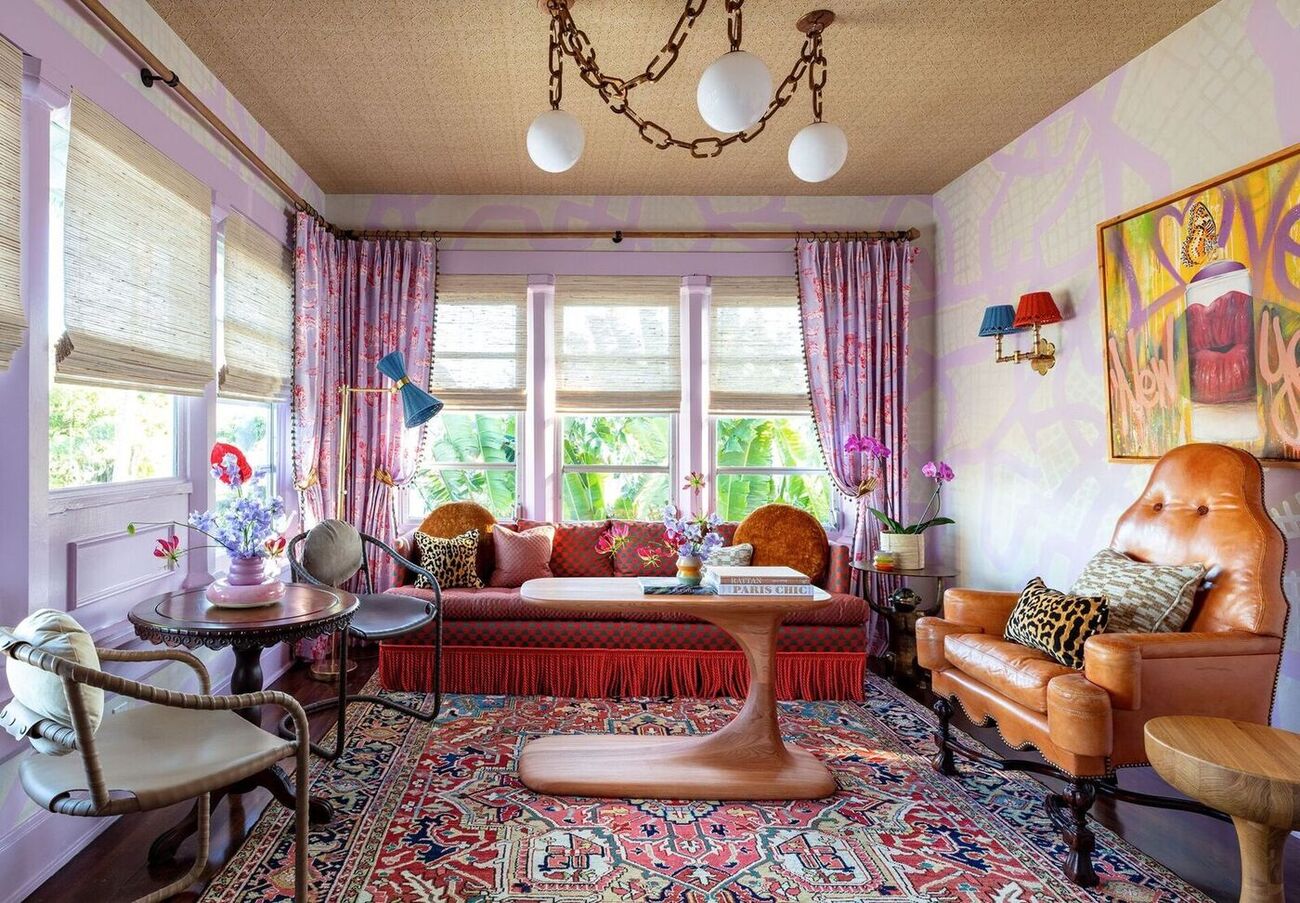


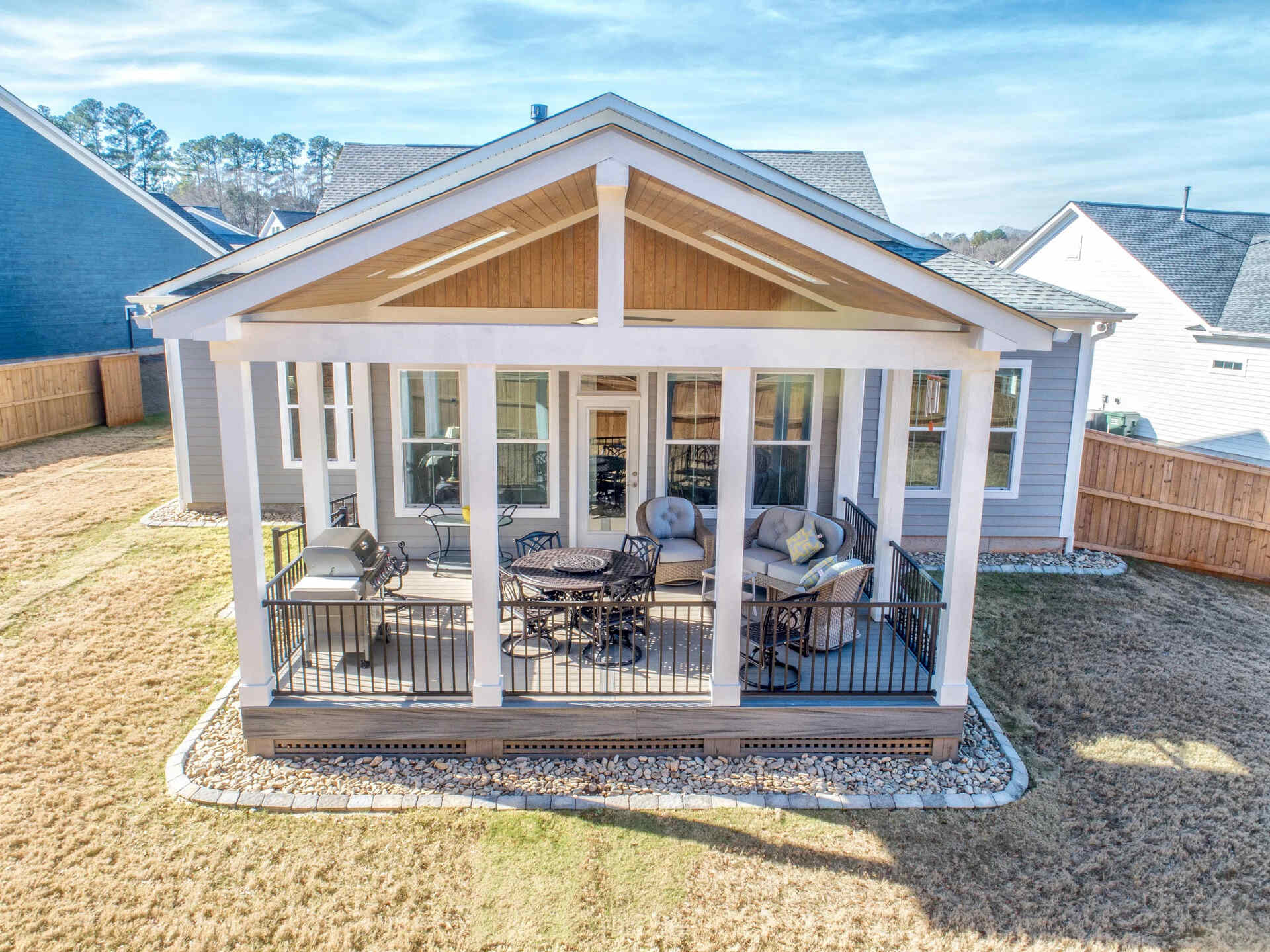
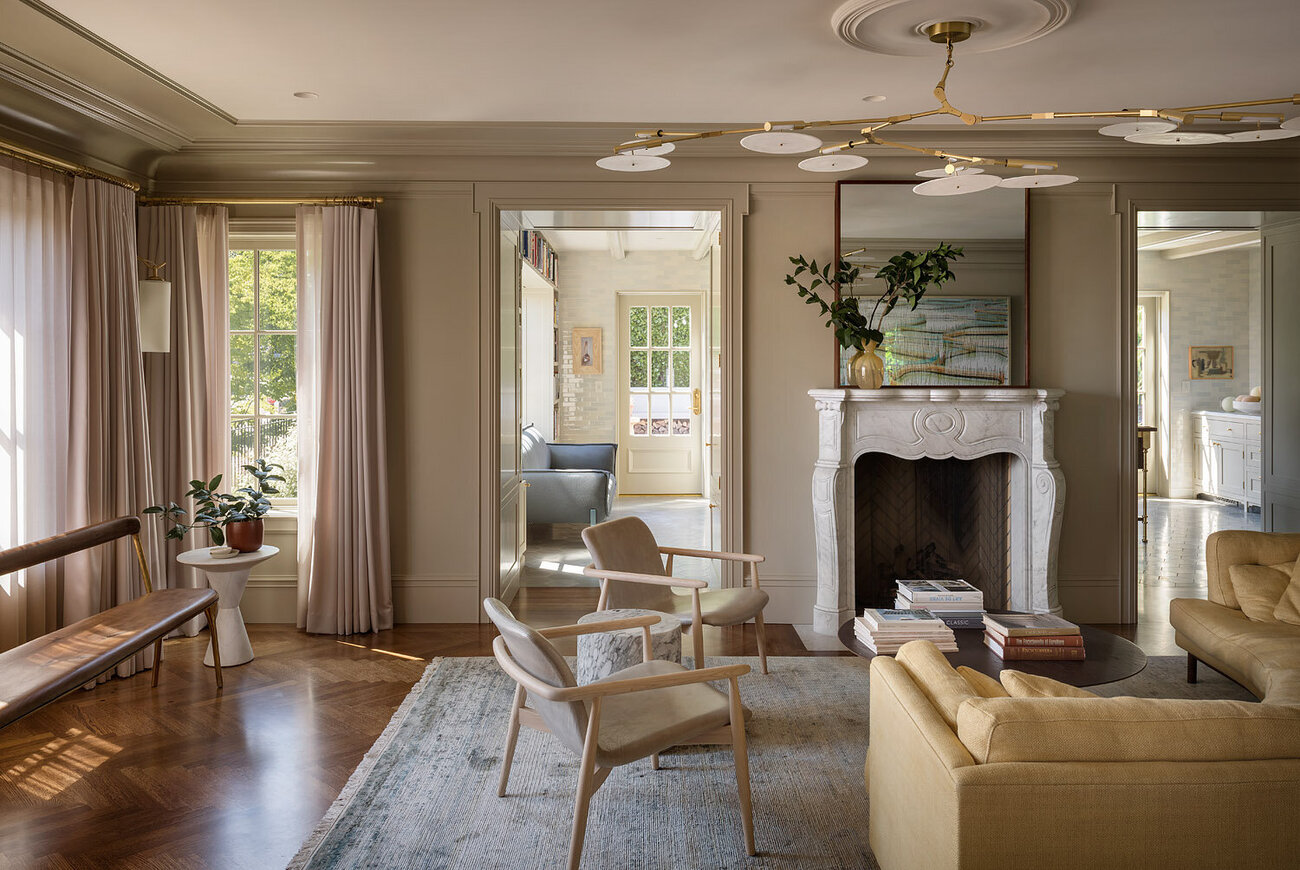
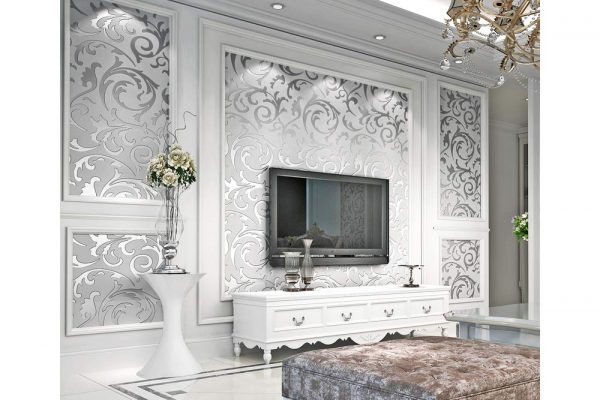

0 thoughts on “How Much You Usually Have To Pay For The Designer To Design Your House”